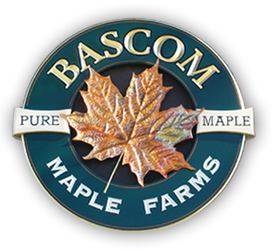
Let’s Talk Drill Bits: The Key to a Perfect Tap Hole
Making maple syrup starts with drilling a precise hole in the tree. One of the most critical decisions a sugarmaker faces is which drill bit to use. While you might wonder if pricier specialty bits are really better than a basic hardware store option, the short answer is a resounding yes.

Why It Matters
A good, sharp drill bit designed specifically for maple drilling ensures fast, clean holes in both frozen and thawed wood. That means fewer shavings left in the hole, a cleaner tap hole, and less risk of burning through the wood—problems that can arise with generic drill bits.
Our Top Three Bits
-
Canadian Tapping Bit
- A longstanding favorite of our tapping crew. It’s slightly more aggressive than other bits, providing a quick, clean cut. -
CDL Precision Tapper Bit
- Longer than most, designed for CDL’s Precision Tapper but also usable in a standard drill. -
H2O Tapping Bit
- Comes with laser-engraved depth markings at 1.5" and 2", so you’ll know exactly how deep you’re drilling.
Choosing the Right Size
Most of our spouts are 5/16", but some producers prefer 19/64" for a smaller hole. If you go smaller, be careful not to overdrive the spout—it can crack the tap hole and hurt your season’s yield.

Tapping Tips
- Fresh Holes Run Best: Tap as close as possible to your ideal 2-3 week sap window.
- Take Your Time: A precise, clean hole is essential.
- Drill into Healthy Wood: Avoid old tap holes or dead wood.
- Straight In, Straight Out: Angled or wobbly drilling can create a poor hole.
- Aim for 1.5"–2" Deep: Don’t ream or widen the hole.
When it comes to maple, everything starts with the tap hole. A wrong-sized or poorly drilled hole can derail your entire season. Invest in a drill bit designed for maple—you’ll thank yourself when the sap starts flowing!
